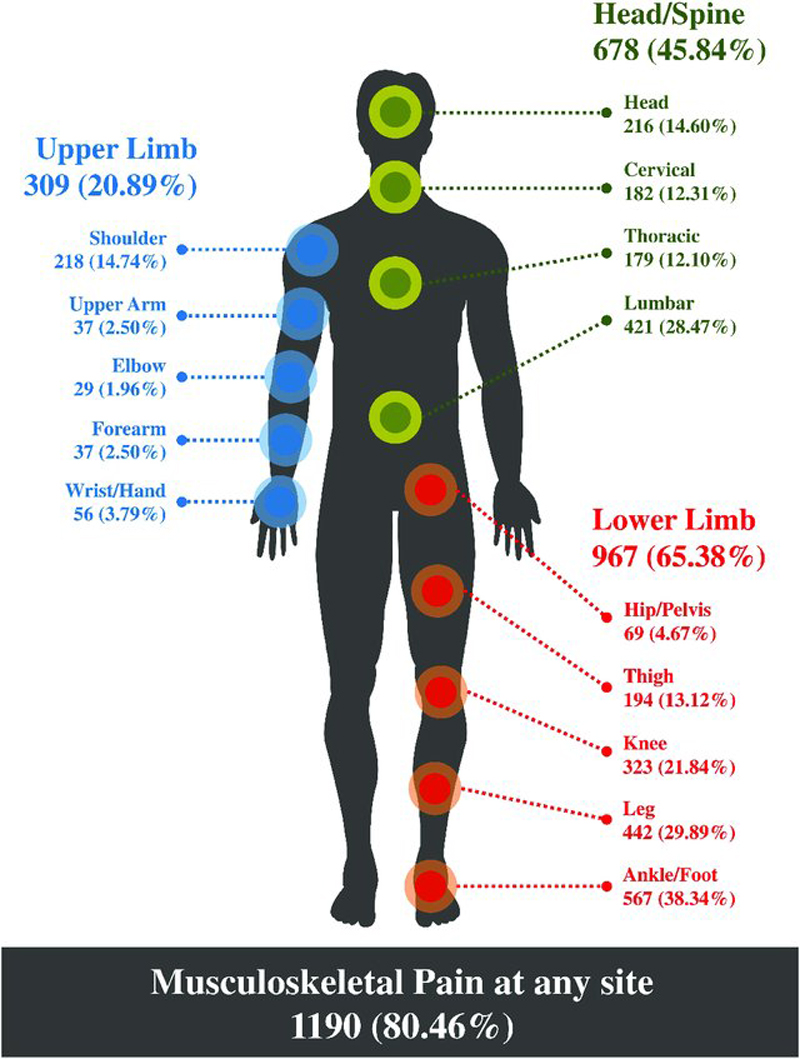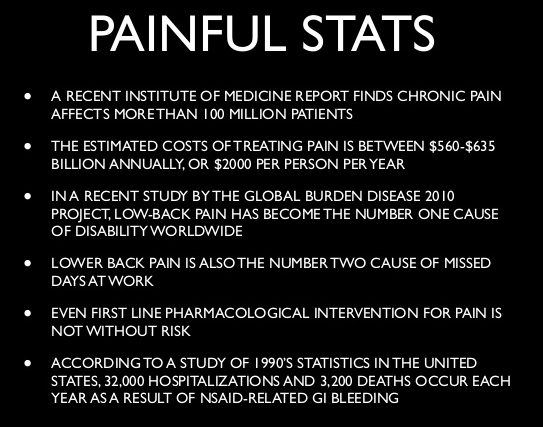Cost-effectiveness of Spinal Manipulative Therapy, Supervised Exercise, and Home Exercise for Older Adults with Chronic Neck Pain
SOURCE: Spine J. 2016 (Nov); 16 (11): 1292–1304
Brent Leininger, DC, MS, Christine McDonough, PT, PhD, Roni Evans, DC, MS, PhD, Tor Tosteson, ScD, Anna N.A. Tosteson, ScD, Gert Bronfort, DC, PhD
Integrative Health & Wellbeing Research Program,
Center for Spirituality & Healing,
University of Minnesota,
B296 Mayo Memorial Building,
420 Delaware St SE, Minneapolis, MN 55455, USA.
BACKGROUND CONTEXT: Chronic neck pain is a prevalent and disabling condition among older adults. Despite the large burden of neck pain, little is known regarding the cost-effectiveness of commonly used treatments.
PURPOSE: This study aimed to estimate the cost-effectiveness of home exercise and advice (HEA), spinal manipulative therapy (SMT) plus HEA, and supervised rehabilitative exercise (SRE) plus HEA.
STUDY DESIGN/SETTING: Cost-effectiveness analysis conducted alongside a randomized clinical trial (RCT) was performed.
PATIENT SAMPLE: A total of 241 older adults (≥65 years) with chronic mechanical neck pain comprised the patient sample.
OUTCOME MEASURES: The outcome measures were direct and indirect costs, neck pain, neck disability, SF–6D-derived quality-adjusted life years (QALYs), and incremental cost-effectiveness ratios (ICERs) over a 1–year time horizon.
METHODS: This work was supported by grants from the National Center for Complementary and Integrative Health (#F32AT007507), National Institute of Arthritis and Musculoskeletal and Skin Diseases (#P60AR062799), and Health Resources and Services Administration (#R18HP01425).
The RCT is registered at ClinicalTrials.gov (NCT00269308 ).
A societal perspective was adopted for the primary analysis. A healthcare perspective was adopted as a sensitivity analysis. Cost-effectiveness was a secondary aim of the RCT which was not powered for differences in costs or QALYs. Differences in costs and clinical outcomes were estimated using generalized estimating equations and linear mixed models, respectively. Cost-effectiveness acceptability curves were calculated to assess the uncertainty surrounding cost-effectiveness estimates.
RESULTS: Total costs for spinal manipulative therapy (SMT) + home exercise and advice (HEA) were 5% lower than HEA (mean difference: –$111; 95% confidence interval [CI] –$1,354 to $899) and 47% lower than supervised rehabilitative exercise (SRE) + HEA (mean difference: –$1,932; 95% CI –$2,796 to –$1,097).
SMT+HEA also resulted in a greater reduction of neck pain over the year relative to HEA (0.57; 95% CI 0.23 to 0.92) and SRE+HEA (0.41; 95% CI 0.05 to 0.76). Differences in disability and quality-adjusted life years (QALYs) favored SMT+HEA. The probability that adding SMT to HEA is cost-effective at willingness to pay thresholds of $50,000 to $200,000 per QALY gained ranges from 0.75 to 0.81. If adopting a health-care perspective, costs for SMT+HEA were 66% higher than HEA (mean difference: $515; 95% CI $225 to $1,094), resulting in an ICER of $55,975 per QALY gained.
There are more articles like this @ our:
CONCLUSION: On average, SMT+HEA resulted in better clinical outcomes and lower total societal costs relative to SRE+HEA and HEA alone, with a 0.75 to 0.81 probability of cost-effectiveness for willingness to pay thresholds of $50,000 to $200,000 per QALY.
KEYWORDS: Chronic neck pain; Cost-effectiveness; Exercise; Home exercise; Older adults; Spinal manipulative therapy
From the FULL TEXT Article:
Introduction
Chronic pain affects more U.S. adults than heart disease, diabetes, and cancer combined. [1] Although often considered benign and self-limiting, chronic neck pain is a substantial burden to society. Neck pain is the third most common chronic pain condition in the U.S. [2] and the fourth leading cause of disability worldwide. [3] Disability from neck pain has increased by 29% in the U.S. over the past two decades, largely due to population growth and aging. [4] Up to 22% of older adults experience neck pain, which is associated with diminished physical function and overall health. [5, 6]
The economic burden of spine pain in the U.S. is substantial, accounting for 9% of total healthcare expenditures [7] and nearly $20 billion in reduced productivity. [8] Annual healthcare expenditures for spine pain increased by 95% from 1999 to 2008, largely due to rising costs for specialty care. [9] Although older adults represent 18.5% of the adult population receiving care for spine pain, they account for an estimated 34% of healthcare expenditures. [10] Given the individual and economic burden of neck pain in our aging society, the identification of safe and cost-effective interventions has become paramount.
Spinal manipulative therapy and exercise are commonly used for the management of neck pain. [11, 12] While emerging evidence supports the use of these treatments, [13-17] there is a paucity of research addressing their effectiveness within older populations. A recent randomized clinical trial (RCT) by our group found spinal manipulative therapy with home exercise was well-tolerated among older adults and resulted in less neck pain compared to home exercise alone. [18, 19]
The number of RCT-based cost-effectiveness analyses (CEAs) of conservative treatments, including spinal manipulative therapy and exercise, for neck pain is limited. [20] To date, no trial-based CEAs of spinal manipulative therapy and exercise have been performed in the U.S., where healthcare costs dramatically differ from other industrialized countries. [21] Further, none of the existing analyses have focused on older adults, who account for a substantial share of healthcare costs. [10]
The purpose of this study was to estimate the cost-effectiveness of home exercise and advice (HEA), spinal manipulative therapy (SMT) plus HEA, and supervised rehabilitative exercise (SRE) plus HEA for older adults with chronic neck pain using cost data collected alongside a RCT.
Read the rest of this Full Text article now!





Leave A Comment